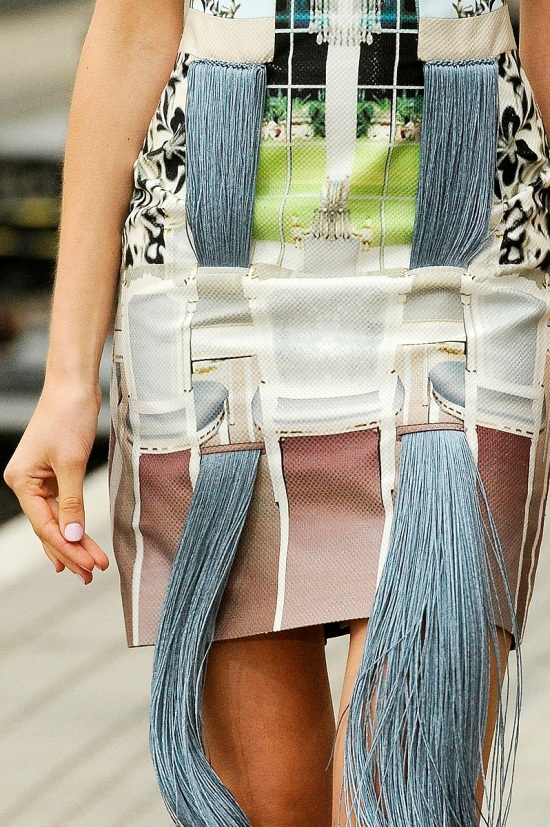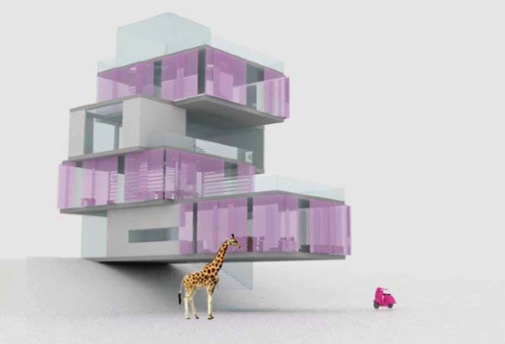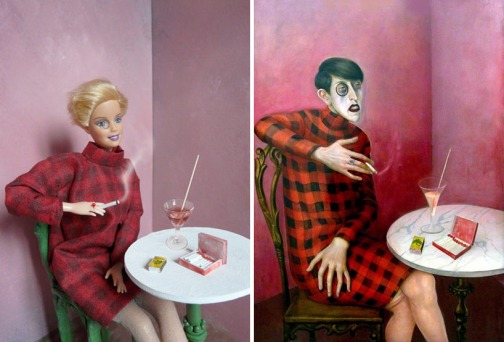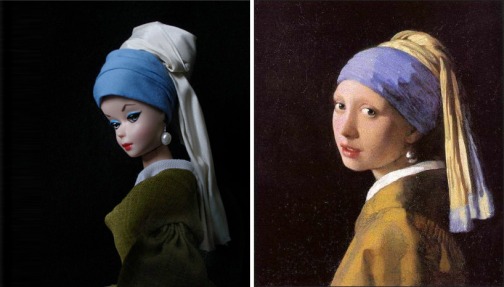
image via: decobook
It is widely accepted that architecture and fashion are interrelated in numerous ways. Fashion designers such as Issae Miyaki, Comme des Garçons and Yohji Yamamoto have been inspired by architecture and created avant-garde collections, which challenged the ideas of fashion, femininity and beauty. Their “architectural” collections are masculine and minimalist as they are usually lacking any decorative elements. Their unconventionality is primarily attributed to the form and structure of the clothes.
Contrary, Mary Katrantzou’s colourful collections are fundamentally defined by her graphics, which are digitally printed onto the fabrics. She uses trompe l’oeil effects that make parts of her prints look very realistic. The way that everyday objects such as a lampshade or a typewriter are juxtaposed with abstract shapes, unveils a sense of order and a well hidden symmetry, which could be attributed to Katrantzou’s architectural academic background.
Katrantzou has been inspired by images of old issues of the Architectural Digest and the World of Interiors magazines. Her visually spectacular collections do not challenge the ideas of femininity and beauty. Katrantzou challenges content and context. She has created dresses that have prints of room interiors, imposing the context on her clothes. As Katrantzou says, she wishes “to put the room on the woman rather than the woman in the room”.
Her collections point towards what architecture should be more occupied with: provoking its content and context. Hopefully architects will be inspired by this fashion designer and challenge content and context as playfully as Katrantzou does.

image via: exshoesme

image via: exshoesme

image via: exshoesme

image via: fivefivefabulous














